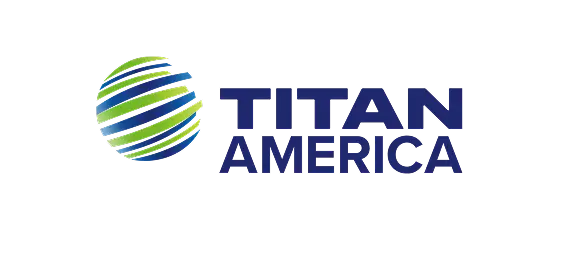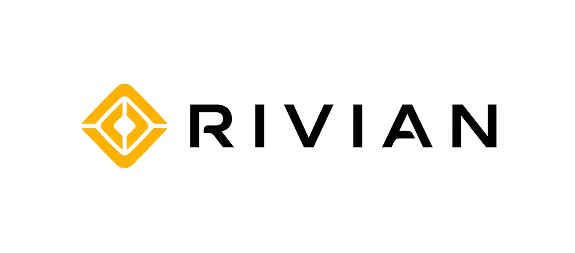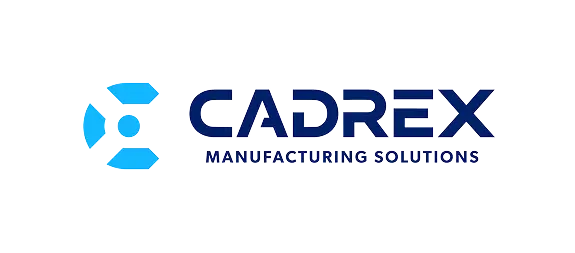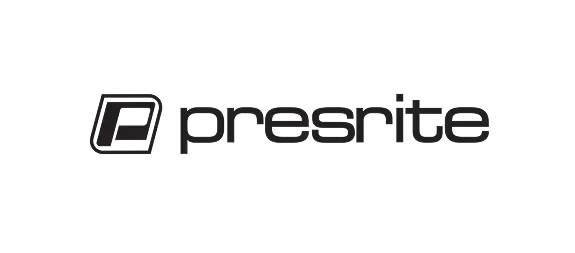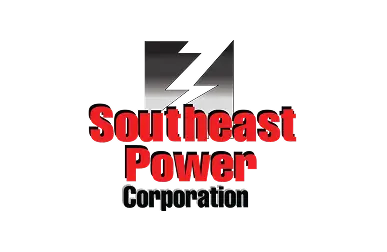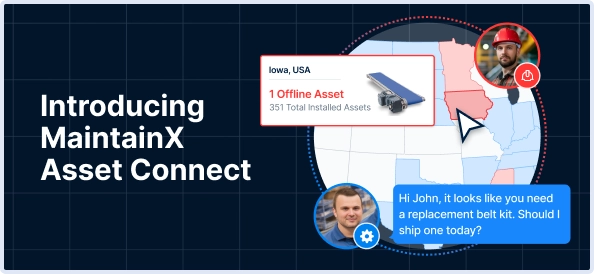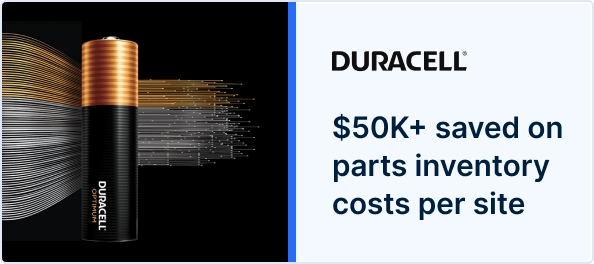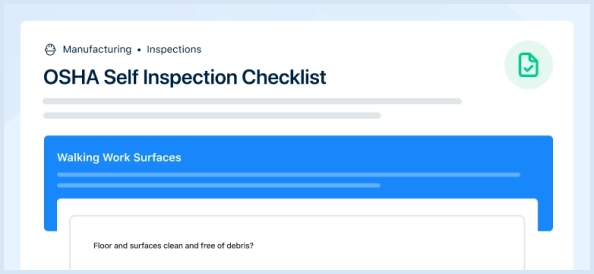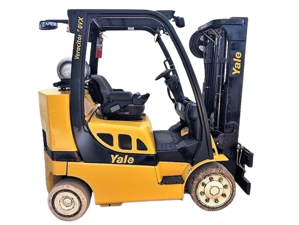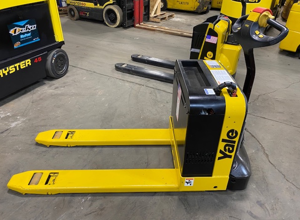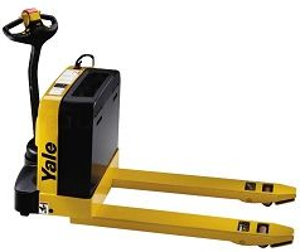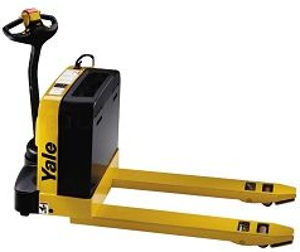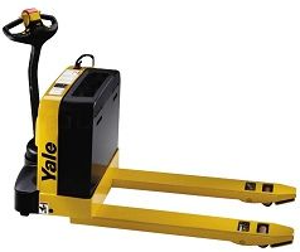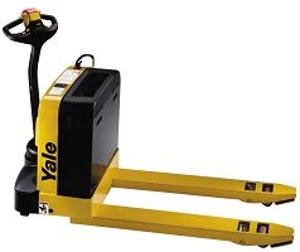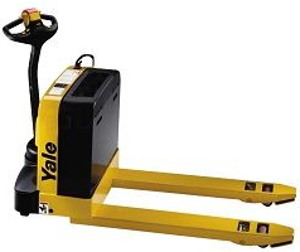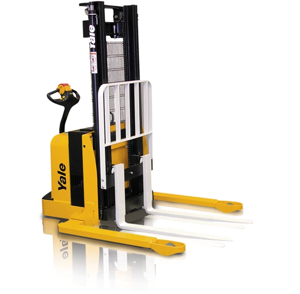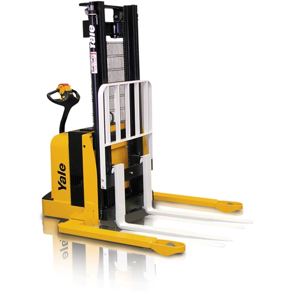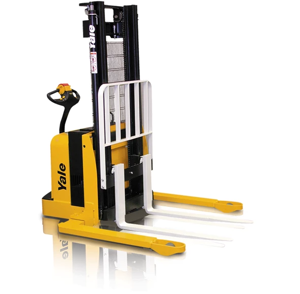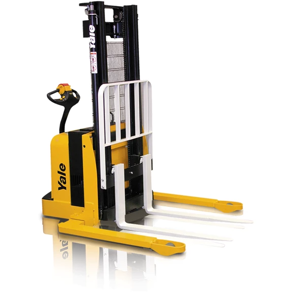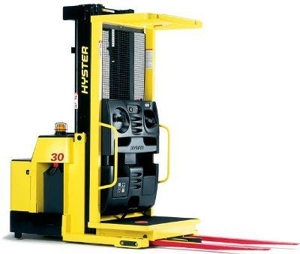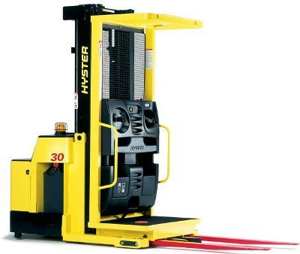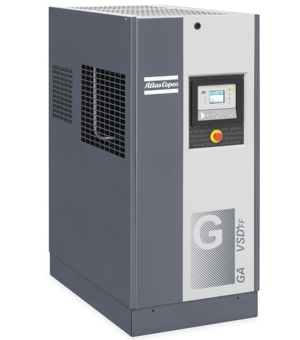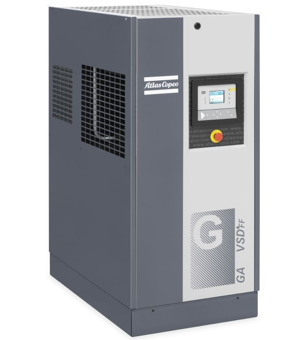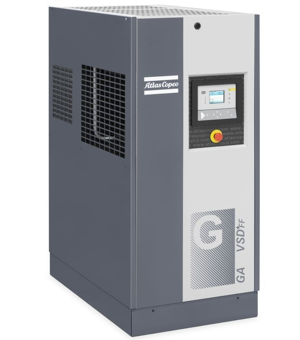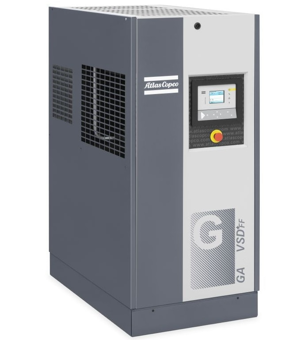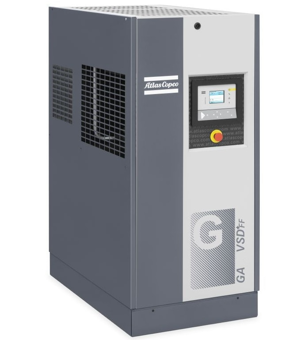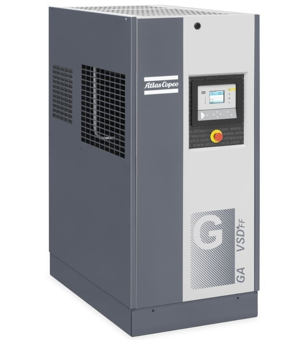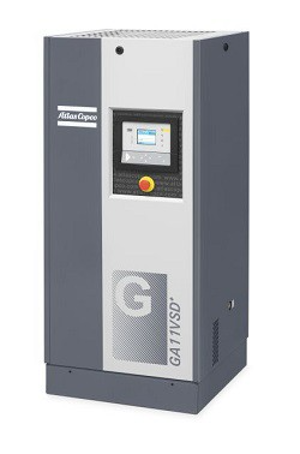The Hyster-Yale Lift Truck GLP050VXEVRE086 is a reliable internal combustion forklift designed for efficient material handling in industrial environments. Known for its robust performance and durability, this model offers exceptional maneuverability and lifting capabilities, making it ideal for various applications in warehouses and distribution centers.
Turn manuals into instant answers
with your AI-powered assistantTurn manuals into instant answers
with your AI-powered assistant
Manual for Hyster-Yale Hyster-Yale Lift Truck GLP050VXEVRE086 GLP050VXEVRE086
Complete asset maintenance, one click away
Get instant access to all the maintenance information you need. Empower technicians to perform preventive maintenance with asset packages, ready to use right out of the box.
Documents & Manuals
Find all the essential guides in one place.
Tensioning Guide
Belt-diagram
C-120 pulleys
+ 13 more
Work Order Templates
Pre-built workflows to keep your asset running smoothly.
Daily Electrical System Inspection
Replace Roller and Pulley
Install Engine B-120
+ 29 more
Procedures
Integrate maintenance plans directly into your work orders.
Motion Industries
Applied Industrial Technologies
Electrical Brothers
+ 5 more
Parts
Access the parts list for your equipment in MaintainX.
Drive Motor
B2 Rollers
Tensioning System
+ 40 more
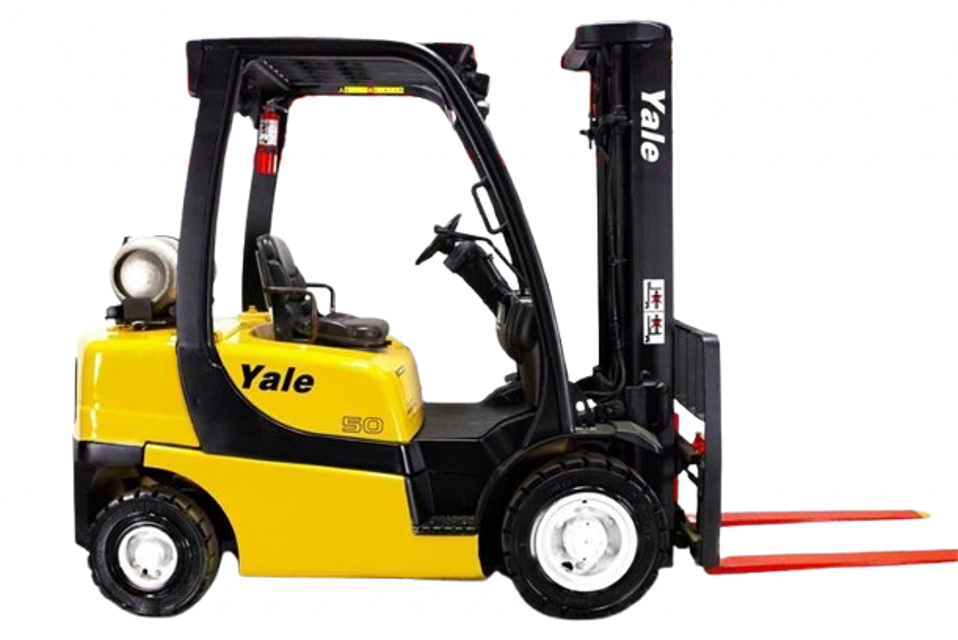
Hyster-Yale Hyster-Yale Lift Truck GLP050VXEVRE086 GLP050VXEVRE086
Create an account to install this asset package.
Maintenance Plans for Hyster-Yale Hyster-Yale Lift Truck GLP050VXEVRE086 Model GLP050VXEVRE086
Integrate maintenance plans directly into your work orders in MaintainX.
Engine Replacement
WARNING! LPG can cause an explosion. DO NOT cause sparks or permit flammable material near the LPG system.
LPG fuel systems can be disconnected indoors only if the lift truck is at least 8 m (26 ff) from any open flame, motor vehicles, electrical equipments, or ignition source
Shutoff valve on the tank closed and engine run until all fuel is gone and engine stops?
Overhead guard removed?
Floor mat and floor plate removed?
WARNING! DO NOT remove the radiator cap from the radiator when the engine is hot.
Let coolant cool to ambient temperature.
Drain pan placed under radiator and radiator cap removed?
CAUTION! Disposal of lubricants and fluids must meet local environmental regulations
Throttle Pedal and Cable Adjustment
NOTE: There are no throttle pedal and cable adjustments for lift trucks equipped with the GM 2.4L engine. The GM 2.4L engines have an electronic throttle that is self-adjusting and self-calibrating
NOTE: For the Mazda 2007 emission compliant engines and for lift trucks built after January, 2010 and equipped with a Mazda engine, there is only a throttle pedal stop adjustment. The engine has an electronic throttle that is self-adjusting and self calibrating
Remove floor plate and disconnect throttle cable from the bellcrank and engine
Fully depress throttle pedal and verify that the dimension between the bellcrank and cowl plate is 6≤2 mm (0.24 ≤0.08 in.)
If dimension is not correct, adjust ball ends on push rod so that a minimum of 6 mm (0.24 in.) of threaded rod screws into each ball end
Connect throttle cable to bellcrank and engine
With throttle pedal in full up position, adjust throttle cable, using the jam nuts (item #10 in Figure 38) to remove all slack from the cable. Cable should be adjusted to the point where additional adjustment will pull the throttle crank off the idle stop. Tighten jam nuts to 8 to 15 Nem (71 to 133 ibf in)
NOTE: Il lift truck is equipped with a Electronic Control Transmission, see the section Calibration Procedures 8000 YRM 1134 for additional adjustment procedures before going onto Step 7
Fully depress pedal and verify that full pedal stroke brings the throttle crank to within 3.0 mm (0.12 in.) of the wide open throttle stop
Operator Restraint System Replacement
The seat belt, hip restraint brackets, seat and mounting. hood, and latches are all part of the operator restraint system. Each item must be checked to make sure it is attached securely, functions correctly, and is in good condition
The seat beit must fasten securely. Make sure the seat belt extends and retracts smoothly and is not frayed or torn. If the seat belt is damaged or does not operate properly, it must be replaced
NOTE: Lift trucks produced after November 2005 are equipped with the Emergency Locking Retractor (ELR) style seat belt
When the ELR style seat belt is properly buckled across the operator, the belt will permit slight operator repositioning without activating the locking mechanism. If the truck tips, travels off a dock, or comes to a sudden stop. the locking mechanism will be activated and hold the operator's lower torso in the seat
A seat belt that is damaged worn or does not operate properly will not provide protection when it is needed
The end of the belt must fasten correctly in the latch
The seat belt must be in good condition. Replace the seat belt if damage or wear is seen
NOTE: The following seat belt operation checks must be performed three times before replacing the seat belt assembly
With the hood closed and in the locked position, pull the seat belt slowly from the retractor assembly. Make sure the seat belt pulls out and retracts smoothly. It the seat belt cannot be pulled from the retractor assembly or the belt will not retract, replace the seat belt assembly
Steering Column Cleaning
WARNING! Cleaning solvents can be flammable and toxic and can cause skin irritation. When using cleaning solvents, always follow the solvent manufacturer's recommended safety precautions
WARNING! Compressed air is used for cleaning and drying purposes, or for cleaning restrictions. Wear protective clothing (goggles/shields, gloves, etc.). Make sure the path of the compressed air is away from all personnel to avoid injury
Clean metal parts in solvent. Remove all traces of old lubricant and dirt.
Clean nonmetal parts with warm soapy water and a lint free cloth
After cleaning, dry parts with compressed air. DO NOT dry parts with a cloth.
Sign off on the cleaning procedure
Overhead Guard Replacement
WARNING! DO NOT operate the lift truck without the overhead guard correctly fastened to the lift truck
WARNING! DO NOT weld mounts for lights or accessories to legs of the overhead guard. Changes that are made by welding, or by drilling holes that are too big or in the wrong location, can reduce the strength of the overhead guard
See your dealer for Yale lift trucks BEFORE performing any changes to the overhead guard
NOTE: The lift trucks covered in this YRM are equipped with either a high or low overhead guard. The removal and installation procedures for both types of overhead guards are the same
No welding or drilling on legs of overhead guard is permitted as per previous WARNING
NOTE: The lifting device can be connected to any number of positions on the overhead guard depending upon the lifting device available. The ideal choices are a four point sling connected to all four corners on the top of the overhead guard, or a two point sling connected to two opposite corners of the overhead guard
If a single point hoist is used, make sure that the lift point is as close to the center of the overhead guard. If during the initial start of the lift the overhead guard is off balance lower immediately and move the hoist to a more centered point
Connect a lifting device to remove or install the overhead guard. Loosen clamp and disconnect the air intake hose from the elbow. Remove bolls, elbow, retainer, and grommet from the overhead guard rear leg
Disconnect any wires between the frame and the overhead guard. When the overhead guard is lifted from the frame, make sure that any electrical wires are moved through the holes in the frame so that they are not damaged
Parts for Hyster-Yale Hyster-Yale Lift Truck GLP050VXEVRE086 GLP050VXEVRE086
Access the parts list for your equipment in MaintainX.
Frame
524223754
Cylinder Repair 2100 YRM 1139
550039750
Mast Repair 4000 YRM 1145
550093755
Cooling System
524223757
Drive Axle Dry Brake
524240909
Frame
524223754
Cylinder Repair 2100 YRM 1139
550039750
Mast Repair 4000 YRM 1145
550093755
Cooling System
524223757
Drive Axle Dry Brake
524240909
Frame
524223754
Cylinder Repair 2100 YRM 1139
550039750
Mast Repair 4000 YRM 1145
550093755
Cooling System
524223757
Drive Axle Dry Brake
524240909
Unlock efficiency
with MaintainX CoPilot
MaintainX CoPilot is your expert colleague, on call 24/7, helping your team find the answers they need to keep equipment running.
Reduce Unplanned Downtime
Ensure your team follows consistent procedures to minimize equipment failures and costly delays.
Maximize Asset Availability
Keep your assets running longer and more reliably, with standardized maintenance workflows from OEM manuals.
Lower Maintenance Costs
Turn any technician into an expert to streamline operations, maintain more assets, and reduce overall costs.
Thousands of companies manage their assets with MaintainX
